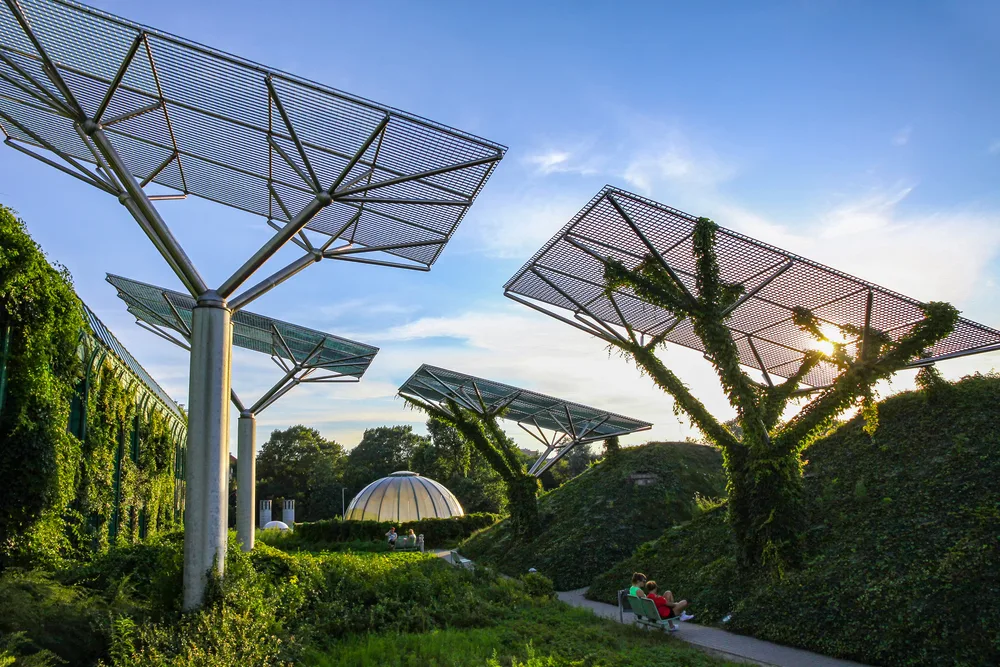As architects and designers, our choices have a significant impact on the environment and society. Designing with purpose means considering not only the functionality and aesthetics of a structure but also its long-term sustainability and impact on the planet. In this article, we will explore the importance of thoughtful material selection in crafting sustainable structures that contribute positively to our world.
The Importance of Sustainable Design

Sustainable design is about creating buildings and spaces that meet the needs of the present without compromising the ability of future generations to meet their own needs. It involves minimizing environmental impact, conserving resources, and enhancing the well-being of occupants.
Benefits of Sustainable Design
There are numerous benefits to incorporating sustainable design principles into architectural projects:
- Environmental Preservation: By using eco-friendly materials and energy-efficient systems, sustainable buildings help reduce carbon emissions, conserve natural resources, and protect ecosystems.
- Cost Savings: Sustainable buildings often have lower operating costs due to reduced energy consumption and maintenance requirements, leading to long-term savings for owners and tenants.
- Health and Well-being: Indoor air quality, natural lighting, and access to green spaces all contribute to occupant health and productivity, creating more comfortable and enjoyable living and working environments.
- Resilience and Adaptability: Sustainable buildings are designed to withstand changing environmental conditions and minimize disruptions, ensuring long-term viability and resilience in the face of climate change.
Material Selection for Sustainability
One of the most critical aspects of sustainable design is the careful selection of building materials. Here are some key considerations when choosing materials for your project:
1. Environmental Impact
Assess the environmental impact of materials throughout their life cycle, from extraction and manufacturing to transportation and disposal. Choose materials with low embodied energy, minimal carbon footprint, and renewable or recycled content.
2. Durability and Longevity
Opt for durable materials that can withstand wear and tear over time, reducing the need for frequent replacements and minimizing waste. Invest in high-quality materials that offer longevity and require minimal maintenance.
3. Energy Efficiency
Select materials with excellent thermal performance and energy-efficient properties to enhance the building’s overall energy performance. Consider factors such as insulation value, solar reflectance, and thermal mass to optimize energy efficiency and occupant comfort.
4. Local Sourcing
Choose locally sourced materials to minimize transportation emissions and support the local economy. Locally available materials also tend to be more regionally appropriate and culturally significant, enhancing the project’s sense of place and identity.
5. Recyclability and Reusability
Prioritize materials that are recyclable or reusable at the end of their life cycle, promoting circularity and reducing landfill waste. Look for materials that can be easily disassembled, salvaged, or repurposed for future projects.
Conclusion
Designing with purpose means taking a holistic approach to architecture and considering the broader implications of our design decisions. By prioritizing sustainability and thoughtful material selection, we can create buildings and spaces that not only meet the needs of today but also contribute to a more resilient, healthy, and equitable future for all.
Let’s continue to design with purpose and craft a built environment that reflects our commitment to sustainability and stewardship of the planet.














